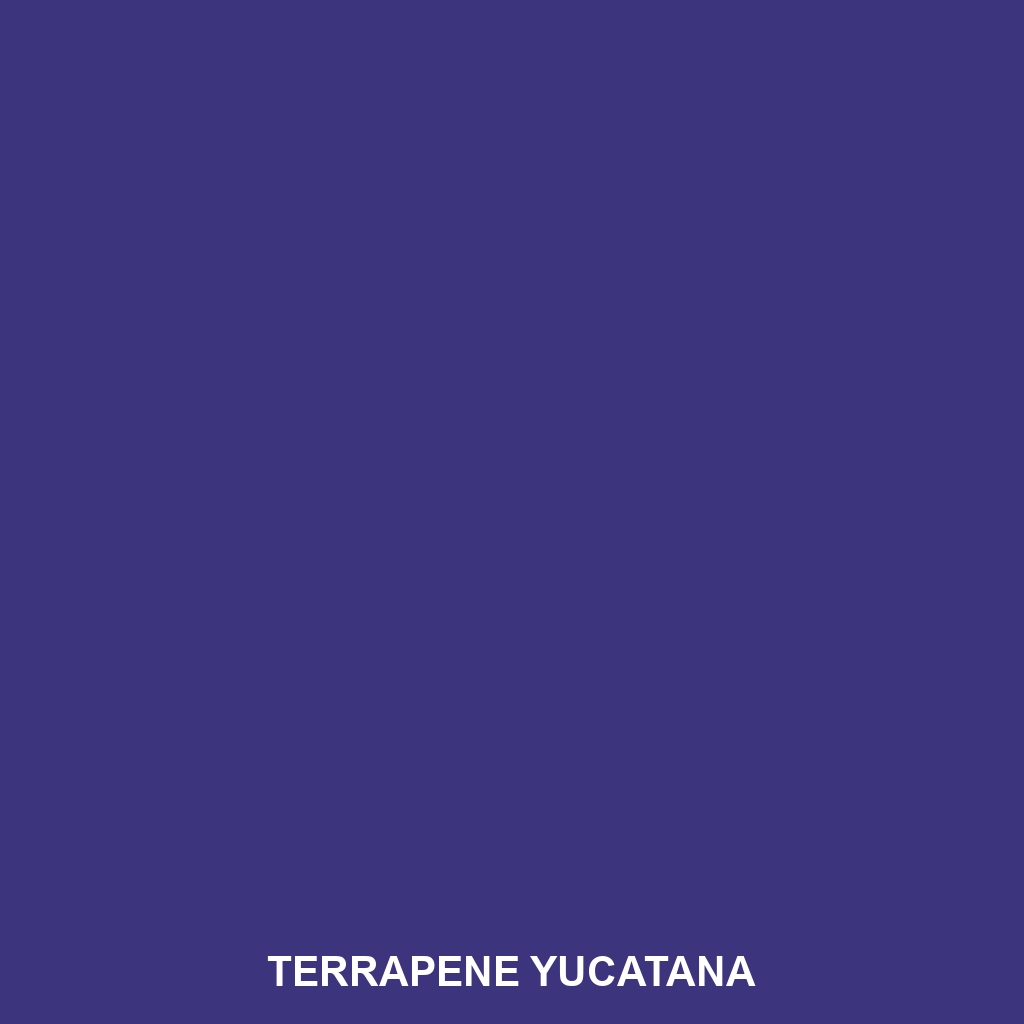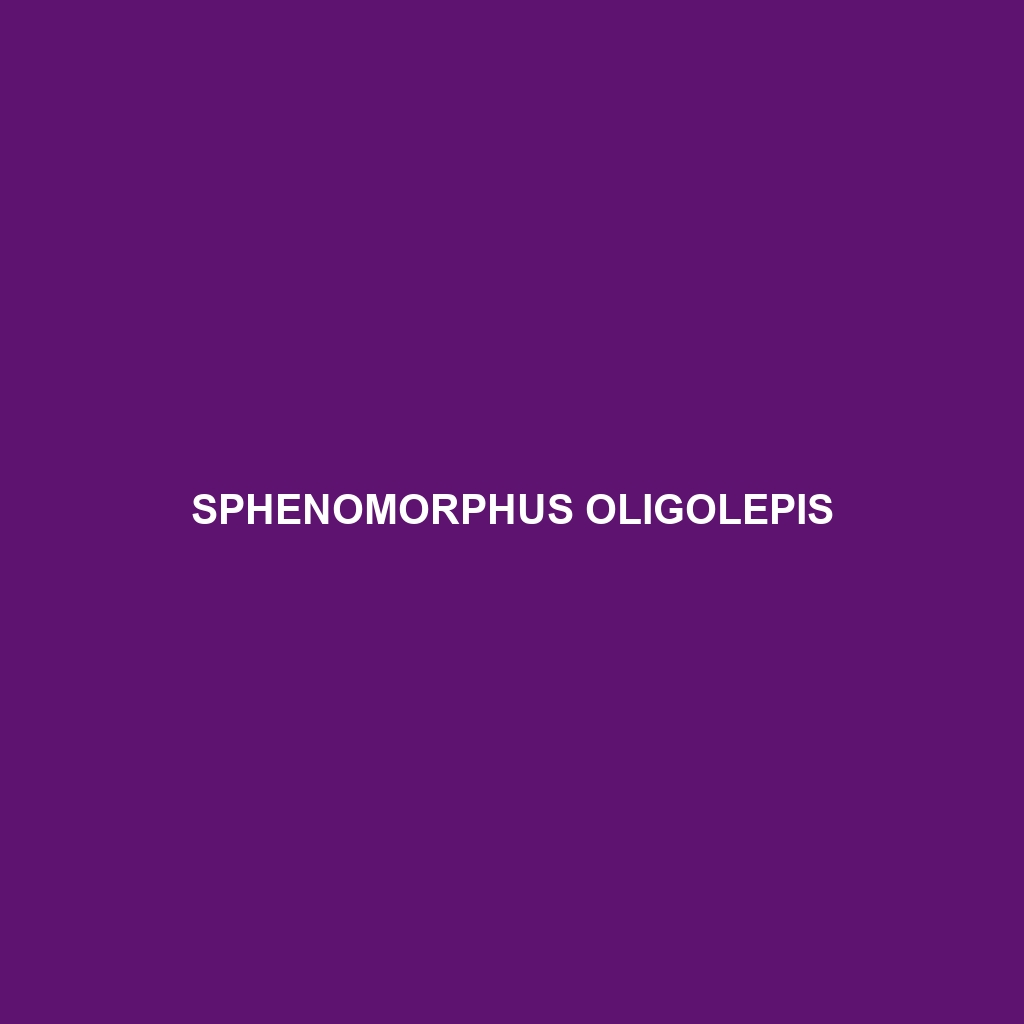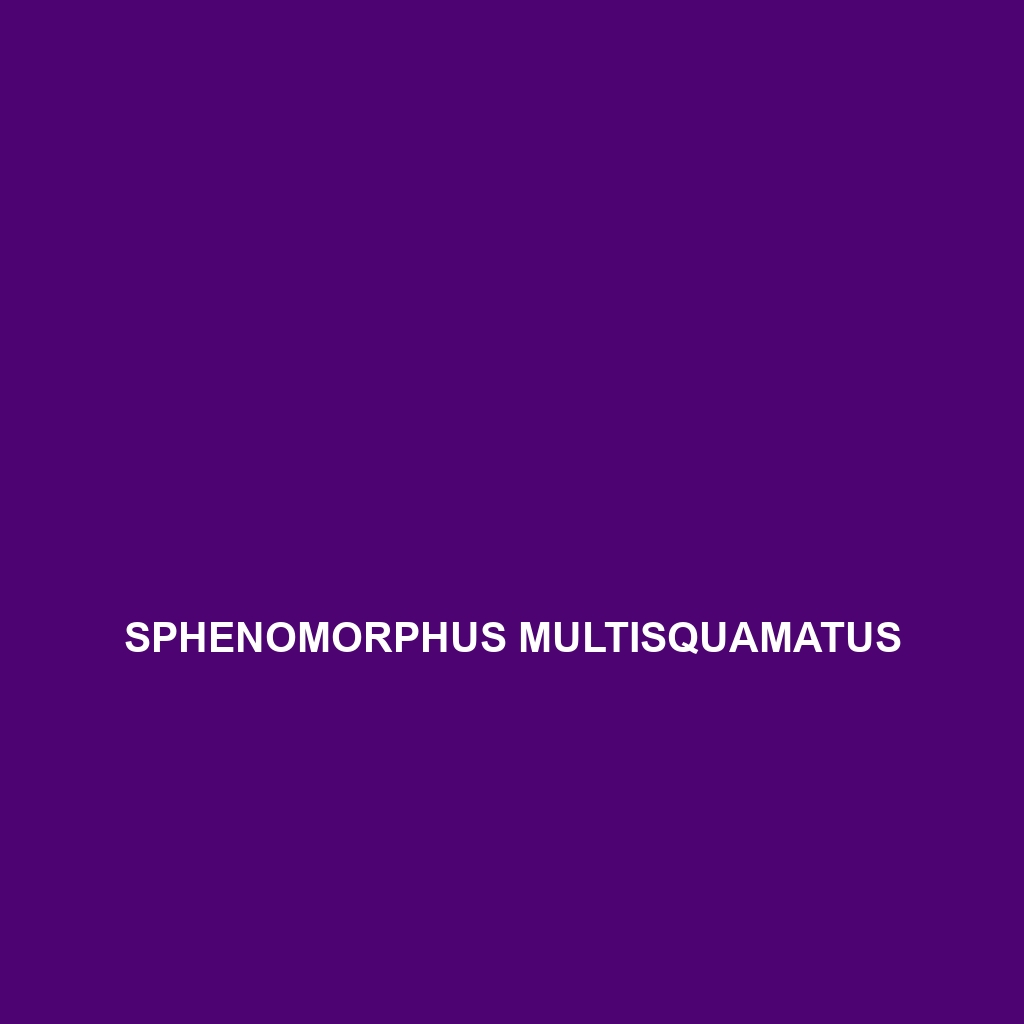Terrapene yucatana: A Detailed Species Description Introduction Terrapene yucatana, commonly known as the Yucatán box turtle, is a fascinating reptile endemic to the subtropical woodlands and dry forests of the Yucatán Peninsula in Mexico. This species belongs to the family Emydidae and is one of several box turtles found in the Americas. With its distinctive […]
Tag: Habitat Destruction
Sphenomorphus rarus
Discover the captivating Sphenomorphus rarus, a vibrant lizard native to Southeast Asia's rainforests and savannas. This nocturnal insectivore, measuring 15-20 cm, is recognized for its unique coloration and iridescent scales, playing a vital role in pest control and ecosystem health.
Sphenomorphus phuquocensis
<b>Discover the Phu Quoc skink (<i>Sphenomorphus phuquocensis</i>), a distinctive insectivore native to the rainforests and tropical savannas of Phu Quoc Island, Vietnam. Known for its unique coloration and burrowing behavior, this vulnerable species plays a crucial role in maintaining ecological balance as both predator and prey.</b>
Sphenomorphus papuae
Discover the Papua skink (Sphenomorphus papuae), a vibrant reptile native to the rainforests and savannas of Papua New Guinea, known for its striking olive green to brown coloration and rapid insectivorous behavior. With a slender body averaging 20-25 cm in length, this diurnal species plays a critical role in maintaining ecological balance by controlling insect populations and serving as prey for larger predators.
Sphenomorphus oligolepis
<b>Sphenomorphus oligolepis</b>, a medium-sized skink native to tropical and subtropical forests of Southeast Asia, features smooth, shiny scales and a varied coloration that aids in camouflage. As a diurnal insectivore, it plays a vital role in its ecosystem by controlling insect populations and serves as a crucial prey species for larger animals.
Sphenomorphus nigrolabris
<b>Sphenomorphus nigrolabris</b>, commonly known as the Black-labored Skink, is a slender insectivorous lizard native to the rainforests of Southeast Asia, featuring a distinctive dark coloration with yellow labial scales. Adapted to humid environments, it plays a vital role in pest regulation within its ecosystem while exhibiting unique foraging behaviors and minimal parental care post-hatching.
Sphenomorphus neuhaussi
<p><b>Sphenomorphus neuhaussi</b> (Neuhaus's Sphenomorphus) is a moderately elongated lizard found in the humid tropical rainforests of Southeast Asia, known for its dark brown, mottled scales, nocturnal behavior, and role in controlling insect populations. Adapted to a forest floor lifestyle, this species demonstrates unique color-changing abilities and minimal parental care after laying 3 to 8 eggs annually.</p>
Sphenomorphus murudensis
Murud Skink (Sphenomorphus murudensis): This medium-sized reptile, native to Southeast Asia's tropical rainforests, features a smooth, glossy body with striking coloration and camouflage to thrive in its humid habitat. Primarily diurnal and insectivorous, the Murud skink plays a vital role in regulating insect populations and contributes to the ecosystem's health and biodiversity.
Sphenomorphus multisquamatus
The Sphenomorphus multisquamatus, or Multiscale Skink, is a slender, 15-25 cm long reptile native to the rainforests of Southeast Asia, recognizable by its smooth, shiny scales and striking camouflage. This diurnal insectivore plays a vital role in controlling insect populations, while its vulnerable conservation status highlights the threats posed by habitat loss and deforestation.
Sphenomorphus modiglianii
Discover the stunning Modigliani skink (Sphenomorphus modiglianii), a vibrant insectivorous lizard native to Southeast Asia's humid tropical rainforests and savannas. Known for its sleek body, striking colors, and diurnal behavior, this species plays a crucial role in its ecosystem by controlling insect populations and serving as prey for larger predators.









